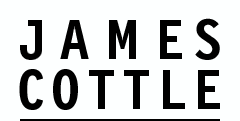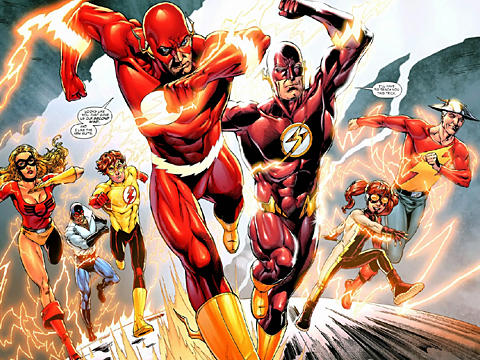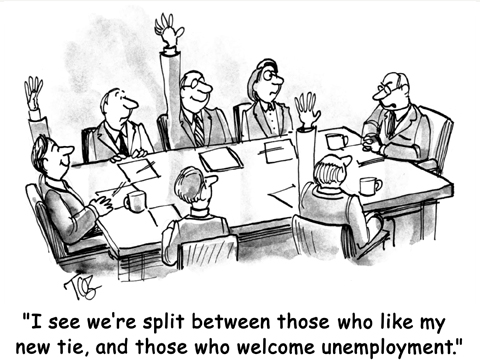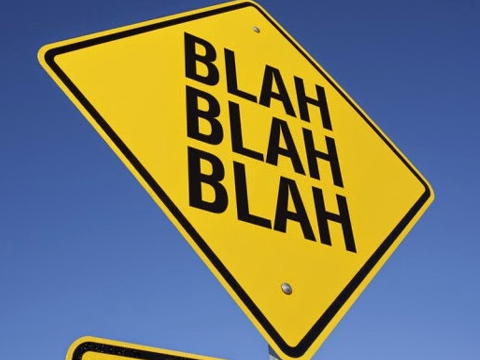| home | radio | theatre | screen | blog | info | ||||
 |
|||||||||
|
|||||||||
| 4 Weird Dialogue Tips That Actually Mostly Work |
|||||||||
| Anyone who has taken any sort of course or workshop in creative writing will know there are a number of “rules” when it comes to the excretion of dialogue. As one of the three Ds of Scriptwriting (Description, Dialogue, Despair), the manner in which each creative conduit channels conversation can dramatically vary. While every seasoned writer will tell you that dialogue furthers plot, reveals character, complements tone, makes us laugh, cry or become amateur film critics, here are a number of weird little tips I’ve put together, just to add a little bit of hot sauce to your character’s enchilada. | |||||||||
| (Almost) Never Start
A Sentence With “I” |
 |
||||||||
| Believe
it or not, one of the most used words (or, more specifically, letter
pretending to be a word) in the English language is actually the root
of many dialogue problems people encounter. Why? Because it’s
a shortcut to quick exposition or “telling” rather than
“showing” – something I’ve been told is very
important when it comes to screenwriting, but, ironically, have never
implicitly been shown. Breaking it down from a “fun” grammar
point of view, “I” is mostly followed by a verb (“I
ate”, “I want”, “I extradited”, etc.),
which immediately sets your dialogue on a path towards Expositionville,
USA or Borington, UK. Of course, this isn’t a universal rule. Perhaps you have a vain, self-centred character who filters their experience of the world through their own self-admitted awesomeness. Perhaps it’s the crux of a punchline in a comedic exchange (e.g. “Nothing good ever came from Borington, UK”, “I was born in Borington, UK”). Perhaps you just don’t give a hoot. I just think that it pays to think of an alternative way to express your character’s opinions / thoughts / recollections that doesn’t rely on starting a sentence like I just did. Frank and Nancy said it best when they sang “and then I go and spoil it all by saying something stupid like ‘I extradited you’”. |
|||||||||
| Do Plot Quickly, Do Character Slowly |  |
||||||||
| A few years back, I wrote a time travel TV pilot. Despite still having an unhealthy obsession over the continuing story to this day, I hit a writing block when I reached the most important scene – introducing the time machine, and, as a result, the entire concept of the show. Simultaneously, the episode’s main character now finds himself with the opportunity to potentially bring his dead daughter back to life. Naturally, the laughs in the scene came thick and fast. However, once the fix hit me recently, it seemed super obvious... | |||||||||
 |
|||||||||
| Done! If you get the plot points out the way quickly, maybe even disguising them within single visuals or character interactions, the audience has way more time to get to know and start caring for the actual people in your story. Any plot point that has to be delivered by dialogue because it’s too conceptual to show visually (e.g. “We have a time machine.”) needs to boiled down to its simplest form. If you spend any longer than the bare minimum saying something, then it becomes exposition. Not to say that “we have a time machine” isn’t exposition – it’s just far more forgivable and blunt enough to almost be comedic in its delivery. | |||||||||
| Different Characters Refer To Things / People Differently |  |
||||||||
|
This one may seem like a no-brainer or an obvious rule or child’s
play or a total pushover, but, as I’ve just proved, there
can be loads of different ways to articulate the same thing. A fun
exercise (with the emphasis on “exercise”) that I like
to do is to make a massive map of all of my characters in my story
and draw lines between them. After showing this to major studios,
the best they could do was stick it on their kitchen fridge and
pat me on the head, so I realised there needed to be a little more
to it. Along those connections between each and every character,
you write how they refer to one another, whether it be their name,
a shortening, a nickname, a recurring insult, etc. Suddenly, you’re
saying so much more about both people involved. |
|||||||||
| Deliberately Write Too Much Dialogue |  |
||||||||
| Sacrilege!
Heathen! Cast the one who spake against “Show, Don’t Tell”
into the Firey Exposition Pits from when they came! Relax, my dear
dialogue zealot friend. Whilst I wholeheartedly agree that film is
a visual medium, in that I use my eyes to watch it, at the same time,
there’s a tangible suspension of disbelief required when characters
who really should be talking to each other just... aren’t. Here’s
a fact about the real world – people talk a lot. Granted I might
not go spouting off my central heating problems to every stranger
on the bus who’ll listen, but the majority of time I spend with
people I know, we’re talking about stuff and not doing a whole
lot else. If you’re trying to make the next Drive, then, by all means, long staring silences are fine, but if you strive for some semblance of realism, then absolutely go nuts with dialogue. Write it how you would have a normal conversation, with tangents, hesitations, overlaps, overly-long descriptions and, most importantly, a natural flow. That is when you begin to edit. Setting yourself the pre-emptive parameters of sticking mostly to visuals before you undertake a script can skew the flow of conversation, as characters only converse in robotic, monosyllabic clauses. By having the natural flow already in place, over-writing before neatening the edges becomes like the act of trimming a hedge, rather than somehow building one from the ground up. |
|||||||||
| James Cottle © 2019 | |||||||||
